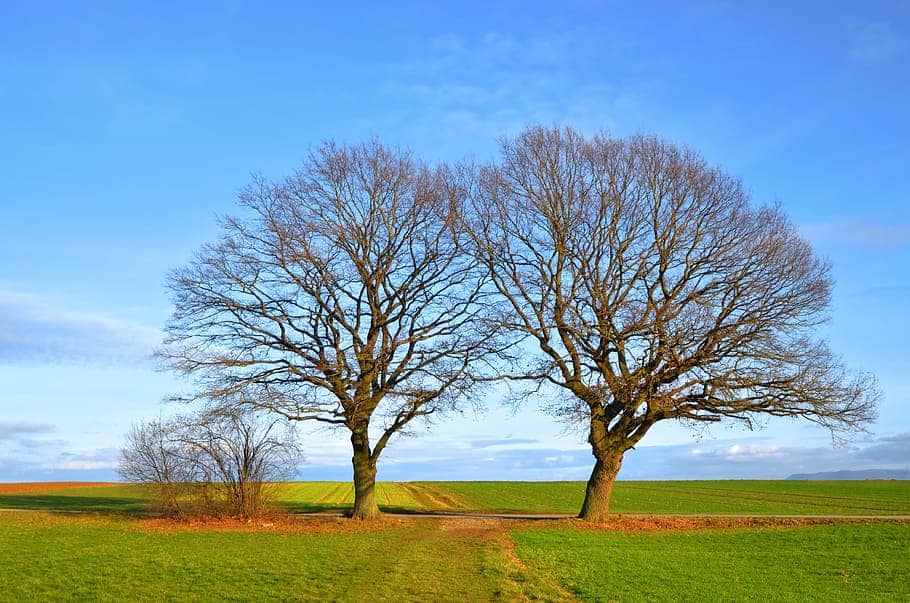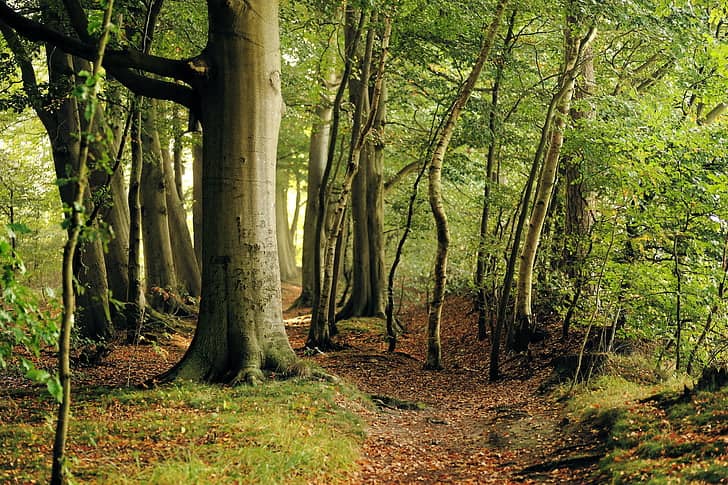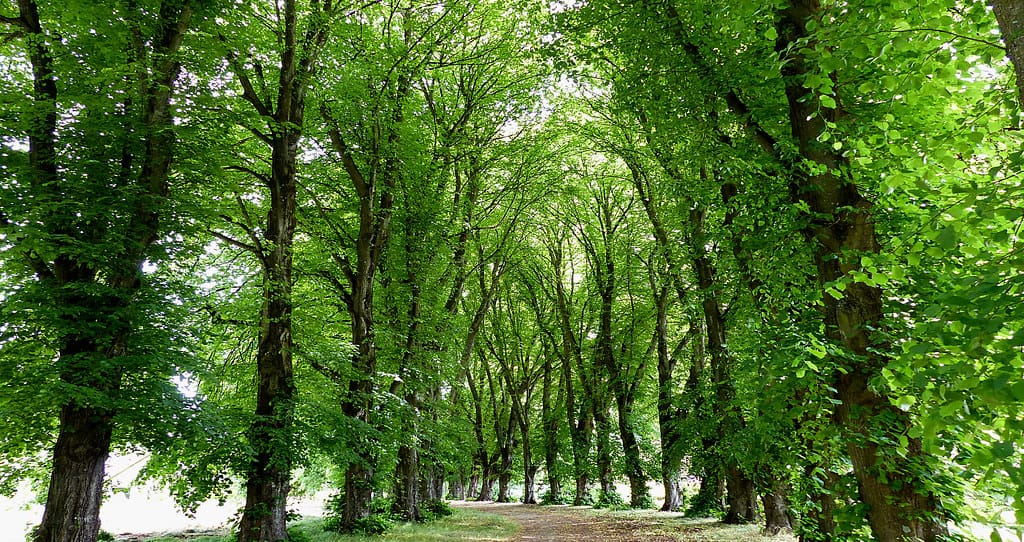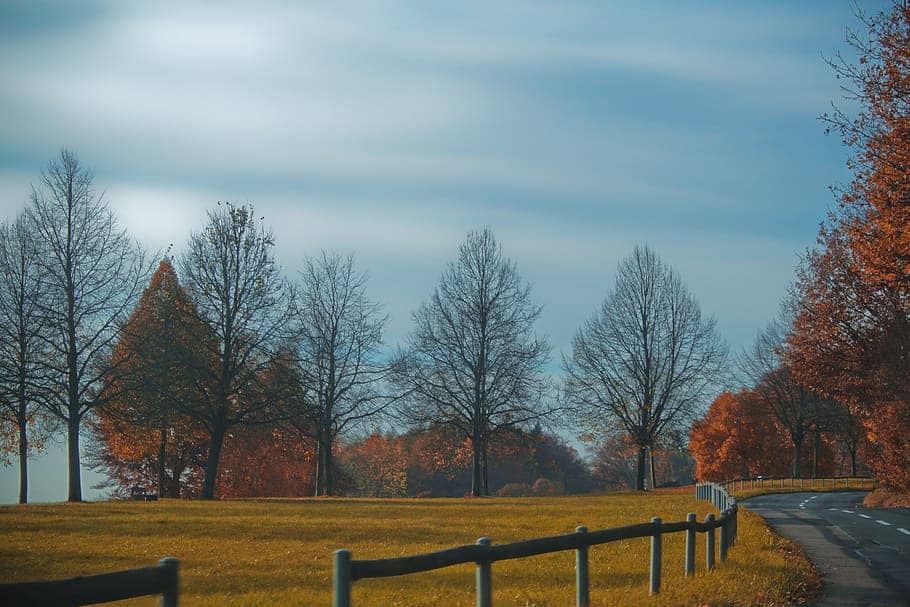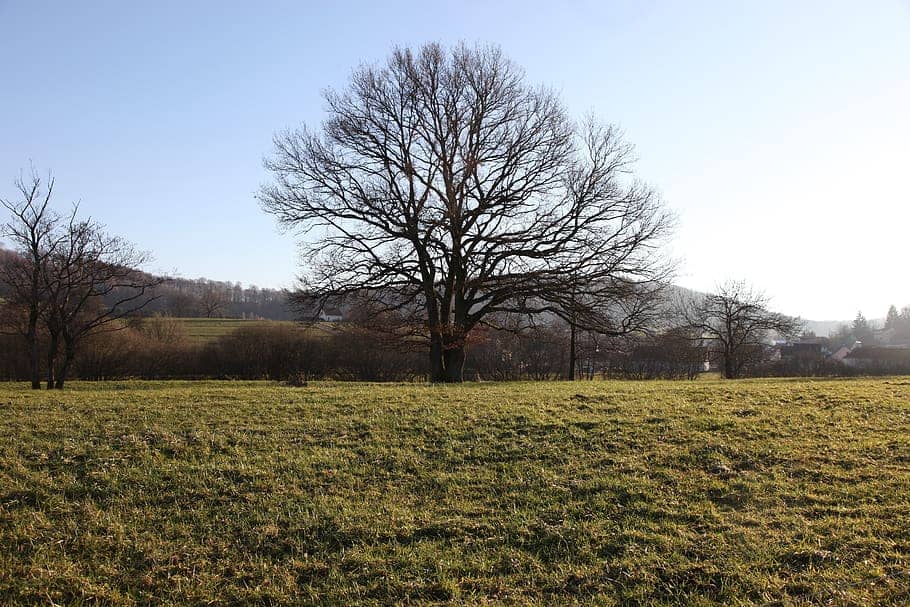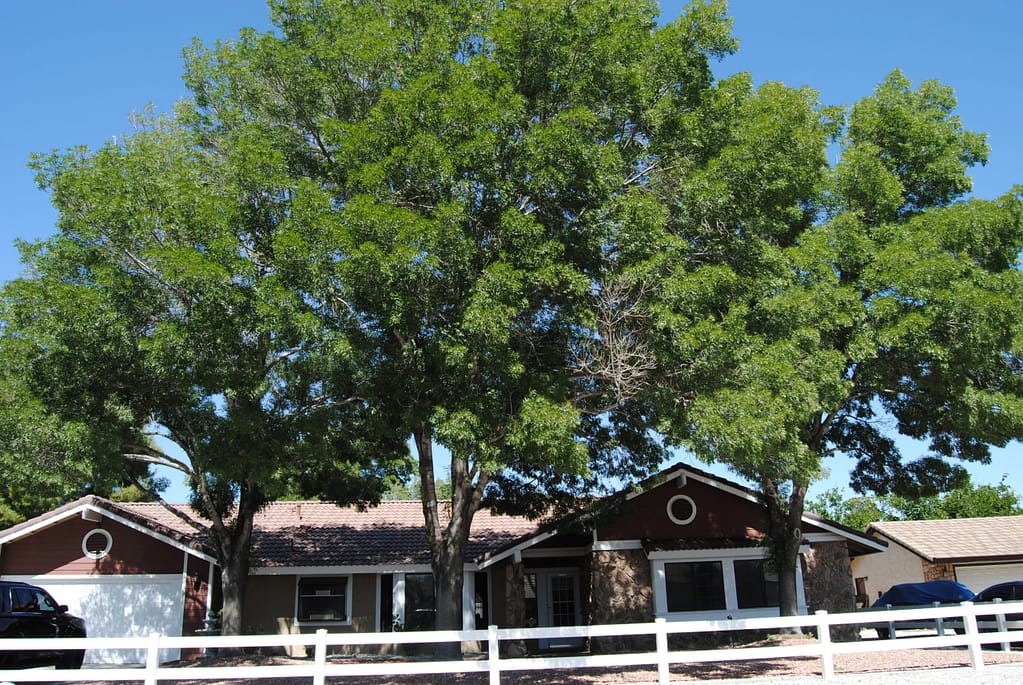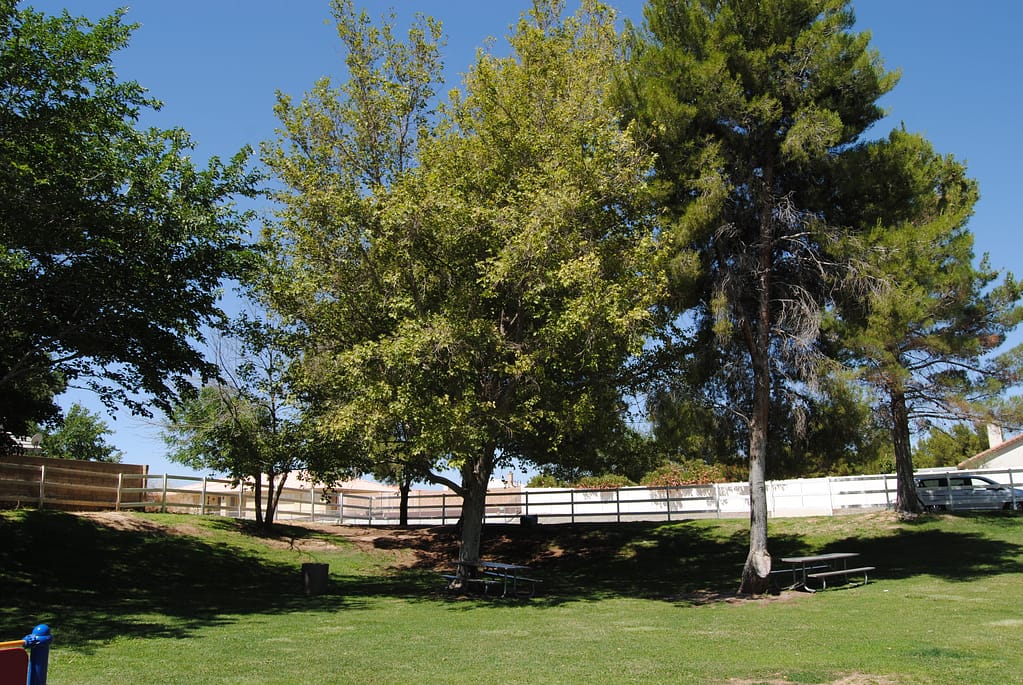“How far apart do I need to plant my trees?” is often asked when purchasing trees. The answer depends on what you’re trying to accomplish. If you want your trees to be a statement tree as a focal point in your landscape then it needs room. If you want shade as soon as you possibly could over a large area, you’ll want to plant them closer together.
Trees can only put on so much growth per year. A tree in the open will spend that growth on all spaces open to light. When there are several trees nearby, growth is spent growing up instead of growing towards each other, as there is less light once they close the gap between themselves. This causes trees to grow taller quicker, and give usable shade much sooner than a single planted tree would.
I also wanted to remind you of the litigious nature of our society these days. Due to this attitude we rarely have arborists, landscape architects, and engineers recommending things that shouldn’t be a problem in almost all cases, and instead recommending things they are 100% sure will never be a problem to avoid being sued. I’ll lay out the typical guidance from universities and landscaping professionals here, give their reasoning, and then tell you how I feel about it.
Planting Trees Close Together
The closest you’ll see landscaping professionals recommend you plant your trees is 10 feet for small trees, 20 feet for medium sized trees, and 30-50 feet for large trees.
Trees can obviously be planted closer together as seen above. The reason for this suggestion can come from many believed reasons, some of them incorrect. A common misunderstanding is that they will compete for resources, so they’ll be less healthy. They will compete for water and sunlight, however if these trees are planted within 50′ of anything else that is irrigated somewhat regularly you won’t need to worry about water (as roots extend much further than typically believed). Competition for sunlight is exactly why you plant them close together, to get a tall shady location. In reality the roots of many trees form a network where they can communicate, help each other fight diseases and pests, and benefit from biodiversity.
Advantages
- Quick Shade
- High Arching Canopy
- Less Pruning of Lower Branches
- Less Susceptible to Wind Damage
- Natural Upright Growth Form
Disadvantages
- Higher Cost to Purchase More Trees
- This cost can be offset by purchasing more trees but in a smaller size (which is actually better for the establishment of the tree as they establish quicker when they’re smaller, but are easier to kill with incorrect care)
- Outer Trees Are One-Sided
- If one major tree dies it may open the others to wind damage and take time for the other trees to fill the void.
Planting Trees Far Apart
Planting trees farther apart allows them to retain their natural growth form as seen in the upper left photo. A rule of thumb for keeping natural growth form is to plant each tree 2/3 of the mature width of tree apart from each other. This will allow them to eventually fill in the gap while maintaining their natural growth habit.
The argument that planting them this far apart keeps them from competing with each other is misleading. Tree roots can extend up to 3 times of the height of the tree away from the trunk. So a 50′ tall tree can have roots up to 150′ away from the tree. (https://www.natesnursery.com/how-do-tree-roots-grow/ for more info) These roots also happen to be the roots that are responsible for uptaking nutrients and water. Then planting a tree 50′ from another tree does little to nothing in terms of negating competition from surrounding trees. However, this does eliminate competition between trees for space for their large structural roots. These typically reside within 10′ of the tree trunk and shouldn’t have a problem competing for space unless it is nearby another tree within that 10′ radius.
Advantages
- Lower Overall Cost of Trees
Disadvantages
- Low Drooping Branches
- This can cause regular pruning the first 3-5 years to remove lower branching that occurs.
- Longer Time To Close Canopy
- More Time Before Useable Shade
- Large Wounds From Low Branches
- If not handled soon enough, large wounds from large branch removal opens the tree to diseases and pests.
Additional Photos
Below you can find additional photos (most here in the High Desert) to show the difference between various spacings. I wouldn’t ever advise planting your trees 8″ from each other unless you’re going for a forest look (even then a bit more room), but some of these trees are planted extremely close.
